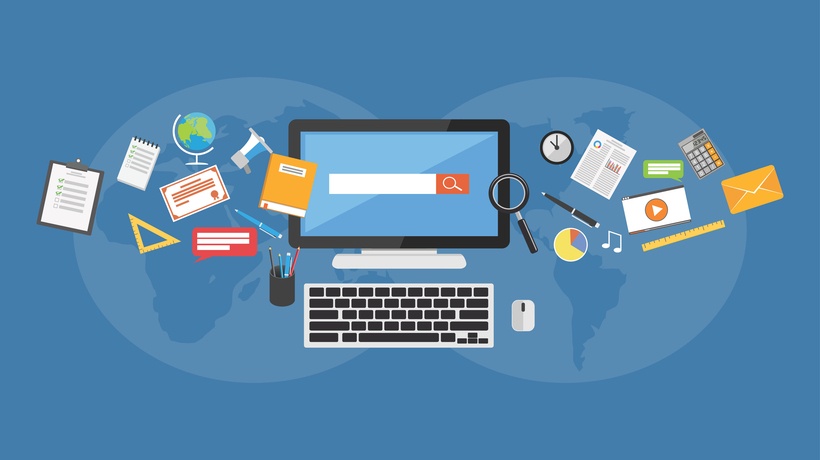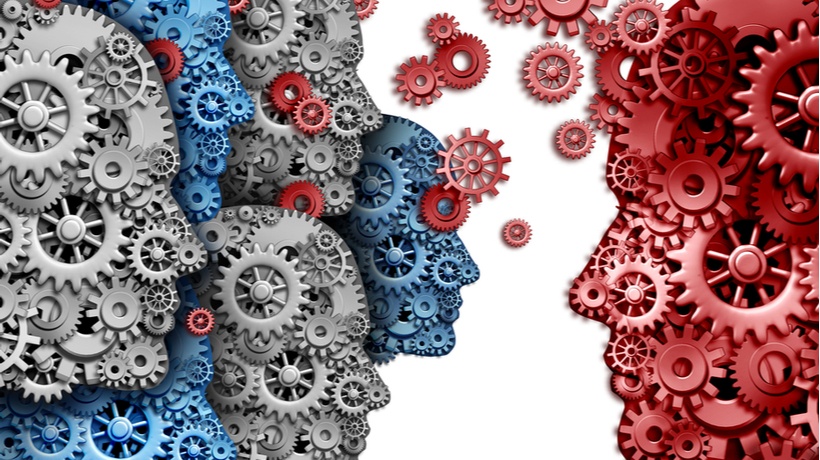Needs Of The New Normal
After the outbreak of COVID-19, education became the most affected aspect of human ambiance. Before COVID-19, direct interaction between teachers and students was the prevailing method of the teaching/learning process around the world. This fatal pandemic bitterly disturbed the prevalent method and it compelled teachers to rely more on the internet and virtual education than face-to-face teaching. Howbeit, neither teachers nor students are accustomed to the new normal. Thence, the new normal needs new educational steps to educate humanity. Let's take a glance at what we need and how the world should educate humanity en masse.
8 Steps To Improve Education In The New Normal
1. Internet Facilities
Internet is becoming an essential elementary part of human life. Nonetheless, it is not equally available around the world. Teachers and students in some poor countries do not have this facility available. Taking advantage of this essentiality of the new normal is not possible for some countries in particular and poor countries in common, as education is an equally fundamental right of all people alike. Therefore, affluent countries should support poor countries in this future investment. A lack of internet facilities keeps poor countries and students in these countries enormously far from the pace of time. Supporting them could equip, encourage, and energize them.
2. Training Facilities
Mostly, teachers around the world are not accustomed to e-teaching. Proper training of teachers is both essential and primary for eLearning. However, again, some poor countries can't afford to provide training facilities to teachers. The United Nations' "Education For All" slogan demands to equip the world to facilitate both teachers and students concomitantly because there is a need to learn that "how to learn."
3. Narrativizing The New Normal
Neither teachers nor students are easily adapting to the changing educational dynamics. There is a need to conceptualize and narrativize the needs of the new normal among the community of nations. Psychologically, teachers are feeling lonely while delivering online lectures and students are becoming indifferent to this new normal. To psychologically prepare teachers and students needs a narrative building that eLearning is the need of the day.
4. Prioritizing Education
Despite the fact that COVID-19 has enormously disturbed education globally on an elephantine scale, it is considered a second priority in human society. There is a need to prioritize education and to give more scope to it through the media and budgetary measures. Unfortunately, the media is not providing full coverage of this issue, and budgets across the globe ignore it.
5. Concomitant Classes
Face-to-face and direct interaction between teachers and students is still a pervasive method worldwide. The new normal demands two responses: 1) during COVID, which is still endangering humanity, and 2) after relieving from the deluge and intensity of coronavirus. During COVID, most of the countries opt for eLearning pro tempore. Instead of giving an equal scope to both offline and online teaching, offline teaching is considered handy and facilitative. The online or eLearning approach is adopted in urgency and is discarded when the intensity of coronavirus becomes belittle. Hence, both offline and online classes should be arranged in tandem. This will habituate teachers and students and will provide a permanent place for eLearning. This strategy can be more helpful after COVID-19 as well.
6. Curriculum Re-Shuffling
Digitalizing the existing education is needed to re-arrange the curriculum. Computer education in some countries is considered secondary and non-compulsory. It needs to be made the part and parcel of education from kindergarten to higher education; simple information to be provided at a lower level and more sophisticated at a higher level.
7. Cognitive Development
Cognitive development is the most important purpose of modern education. This needs to move from knowledge, comprehension, application, analysis, synthesis, and evaluation (See Bloom's Taxonomy). eLearning needs to be framed according to the above-cited sequential order. Currently, some students are in the knowledge category, some in the comprehension category, some in the application category, some in the analysis category, some in the synthesis category, and some in the evaluation category, although cognitive development needs to be comprehensive and holistic at all levels. But it is not so far. Now, both physical classes and eLearning need to concomitantly accommodate students' cognitive development.
8. Affective And Psychomotor
The basic aim of education is to bring positive changes in the behaviors of students. Hence, eLearning needs to provide moral and ethical lessons at all levels. Psychomotor skills like writing, etc, could be disturbed enormously. But strategies can be thought out to overcome this problem also.









